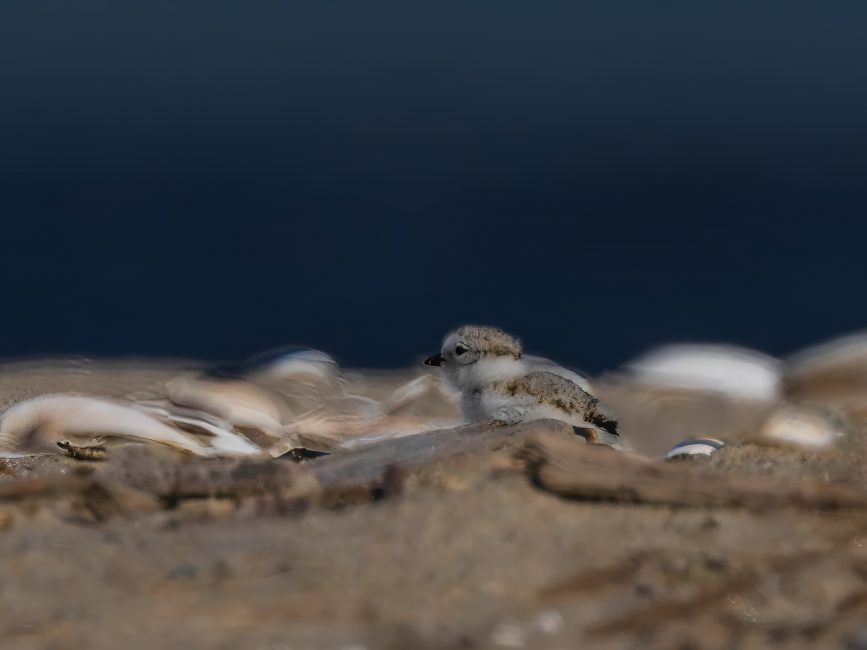
September 3, 2024
A Treasure in the Sand
- as seen by -
 Stacy Ratel
@back_yard_birdie
Stacy Ratel
@back_yard_birdie Piping plovers (Charadrius melodus) are communicating, their song barely audible over the gentle waves of the incoming tide.
As the sun rises, the heat shimmer warps the appearance of the birds’ shell bed and distorts the seascape. I set up low on the sand and scan the vast intertidal zone filled with fragmented shells, sand, stones, and grounded driftwood. My ears perk as I triangulate to focus on a precocial peep and an adult female’s call. Her hatchling is zooming in my direction and should return to its parent’s downy feathers to rest.
When the chick stops, I say to myself, “Now’s my moment,” yet the topography and atmospheric conditions make photography a challenge. While battling the haze, sun glare, and sweat dripping down my brow, the petite piper picks up speed and climbs a slope of a sand hill. “Go little peep, go!,” I think. When the chick pauses again, I look into my viewfinder and ask myself in utter dismay, “Where did it go?”
Re-orienting from being duped by his phenomenal camouflage, I discern his cotton ball head, body, and two tiny toothpick legs, motionless among the variegated scenery. For a nanosecond, the young piping plover shimmies into the sand. Only then can I take my picture of this chick just days out from its shell in an infinitely deep ocean-blue background. The musical rhythm of its movement captivates me. Run, run, run, pause. My shutter clicks. Run, run, run to mom.
Spotting this rare, near-threatened species feels like finding a treasure in the sand. The moment is fleeting yet profound, a reminder of the delicate balance that exists in our natural world. These resilient little birds, with their struggle for survival amidst the challenges of their environment such as predation from neighboring fox families, exceptionally high tides, or destruction from severe storm activity highlight the importance of conservation efforts. Protecting their habitats ensures that future generations can experience the wonder of encountering such precious wildlife. As stewards of the environment, we are responsible for preserving them, listening to their barely audible songs, and safeguarding the fragile ecosystems they call home.
Canon R5 with 100-500 lens and 1.4 extender
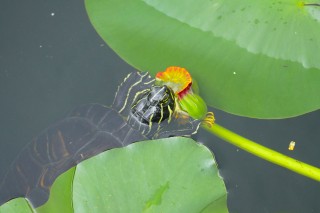
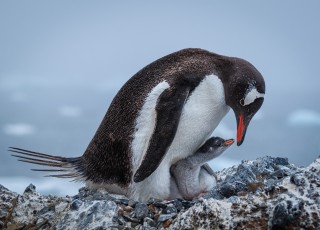
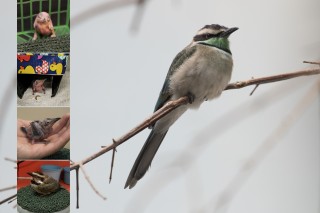
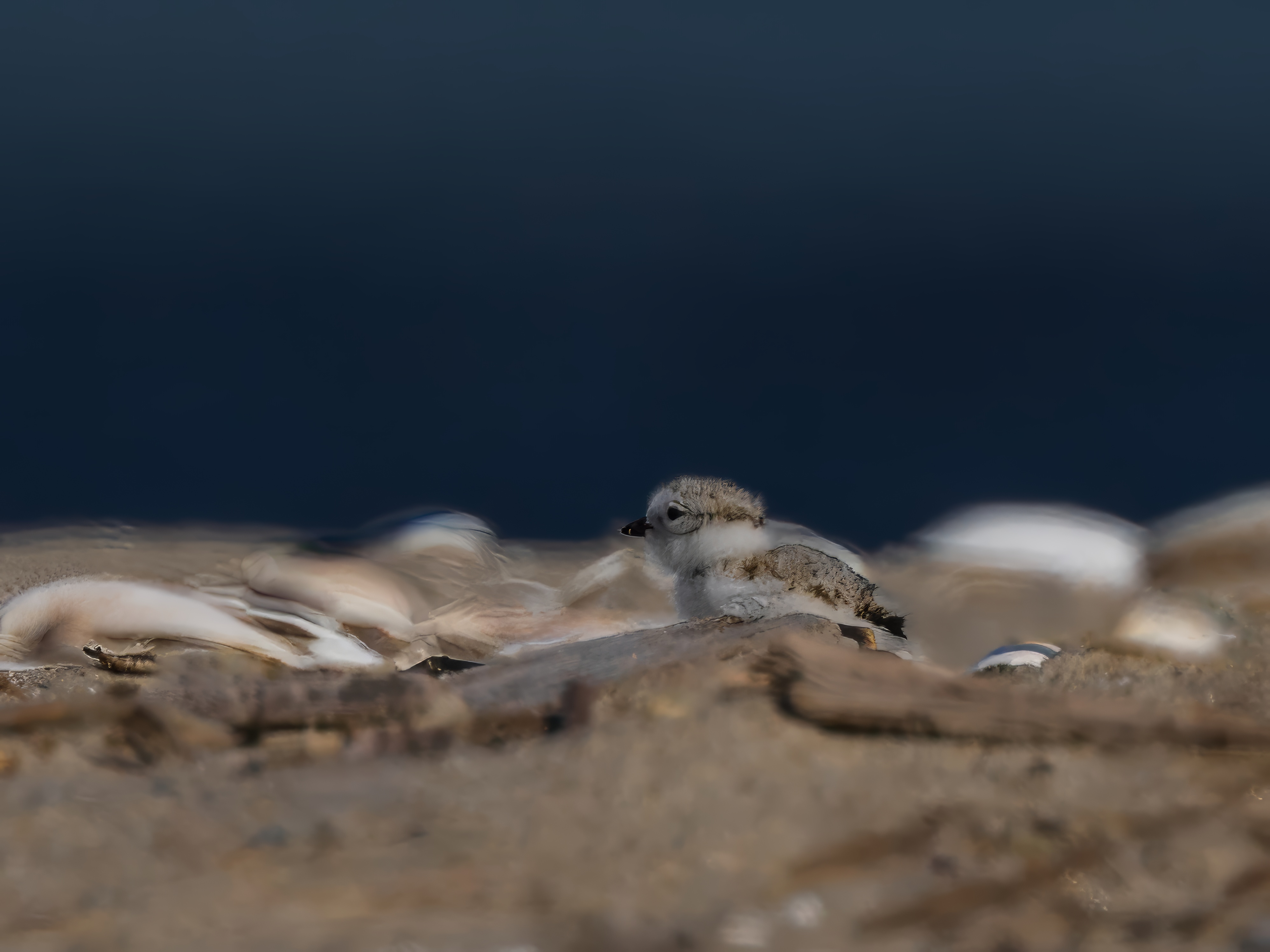
Leave a Comment